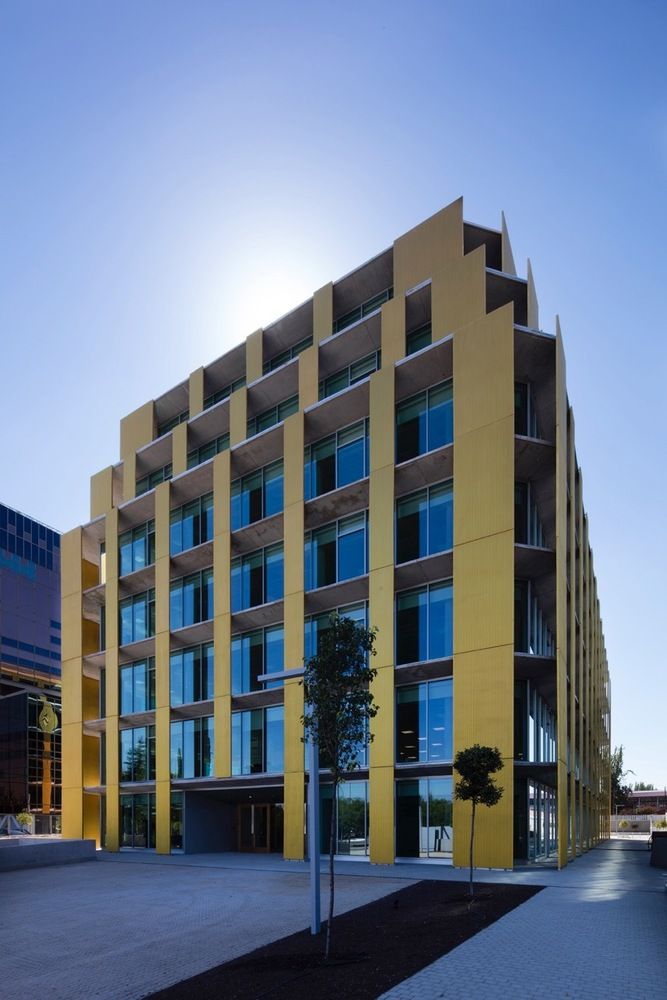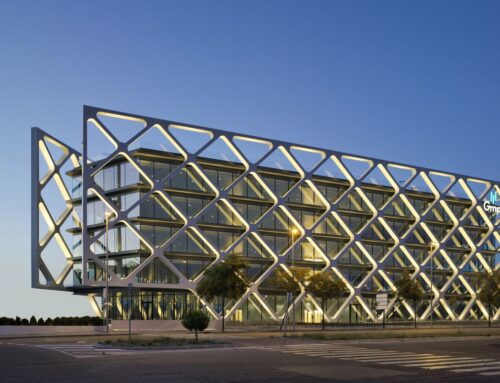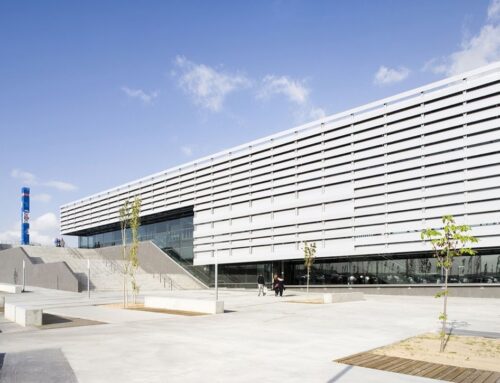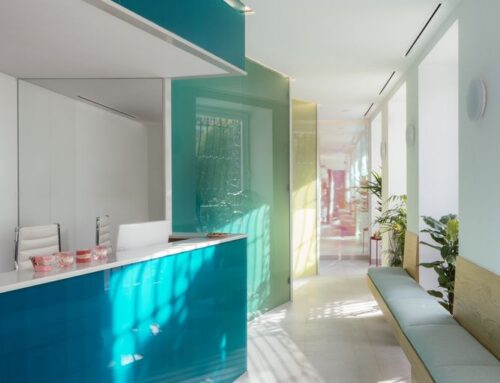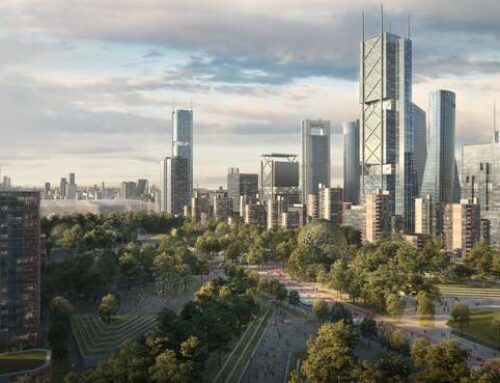To raise an office building of uncertain ownership, in a place of little allure, at least one of few clear references, where there are no examples to look at, no other buildings worth commenting on or establish a dialogue with. In such circumstances, the main reflection governing the project has to do with the typological and constructional aspects of offices, in particular of offices in the climate and reality of Madrid. Almost all the buildings in this part of Madrid are characterless glass boxes, anonymous as if office buildings had no rightful place in the world of representation.
What we have to do here is raise a building that, independently of the people who will be renting the spaces, permanently expresses what it does, just as the first office buildings of the end of the 19th century and the start of the 20th did. So our building has a classical bent. It is classical in layout, with a symmetrical floor plan, in accordance with two axes, and it is classical in external appearance, with the facade superposed by a second one that steps up solar protection while giving the elevation increased depth, built with prefabricated concrete panels which are grooved and geometrically abstract in their unmistakable classical intentions.
The classical reference, however, is softened by the way the building sets itself backward in the higher floors and by the way the corners are sealed with a material different from the above-mentioned prefab concrete panels. In this way the facades are perceived as planes superposed on the concrete volume, increasing the impression of lightness that the construction gives, and the corners of the building are also visible from inside.
The choice of a golden color for the prefab concrete pieces is intended to make light its own and reflections what give expression to the building, a building which will change in appearance throughout the day.
Source: archdaily
Pictures by Juan Rodriguez for archdaily

